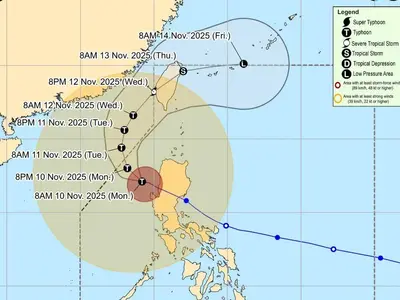
RECENT DOST-PAGASA’s climate monitoring and analyses show further cooling of the sea surface temperatures (SSTs) across the central and eastern equatorial Pacific (CEEP).
Most climate models combined with expert judgements suggest 70% chance of La Niña forming in October-December (OND) 2025 season and is likely to persist until December 2025 – February 2026 (DJF 2025-26) season. With this development, the DOST-PAGASA ENSO Alert and Warning System is now raised to La Niña Alert. Meanwhile, cool-ENSO-neutral conditions are still present in the tropical Pacific.
La Niña (cool phase of ENSO) is characterized by unusually cooler-than-average sea surface temperatures in the central and eastern equatorial Pacific. When conditions are favorable for the development of La Niña within the next two months and the probability is 70% or more, a La Niña Alert is issued.
Historically, La Niña is characterized by an above-average number of tropical cyclone occurrences towards the end of the year; while recent forecast shows higher chances of above-normal rainfall conditions in most parts of the country. These could be brought about by several rain-bearing weather systems such as monsoons, severe thunderstorms, low pressure areas (LPAs), easterlies, shearlines and intertropical convergence zone (ITCZ), that can trigger adverse impacts, including floods and landslides in vulnerable areas.
DOST-PAGASA will continue to closely monitor the possibility of La Niña, and its effect on the local climate. All concerned agencies and the public are encouraged to continue monitoring and take precautionary measures against their potential impacts.



